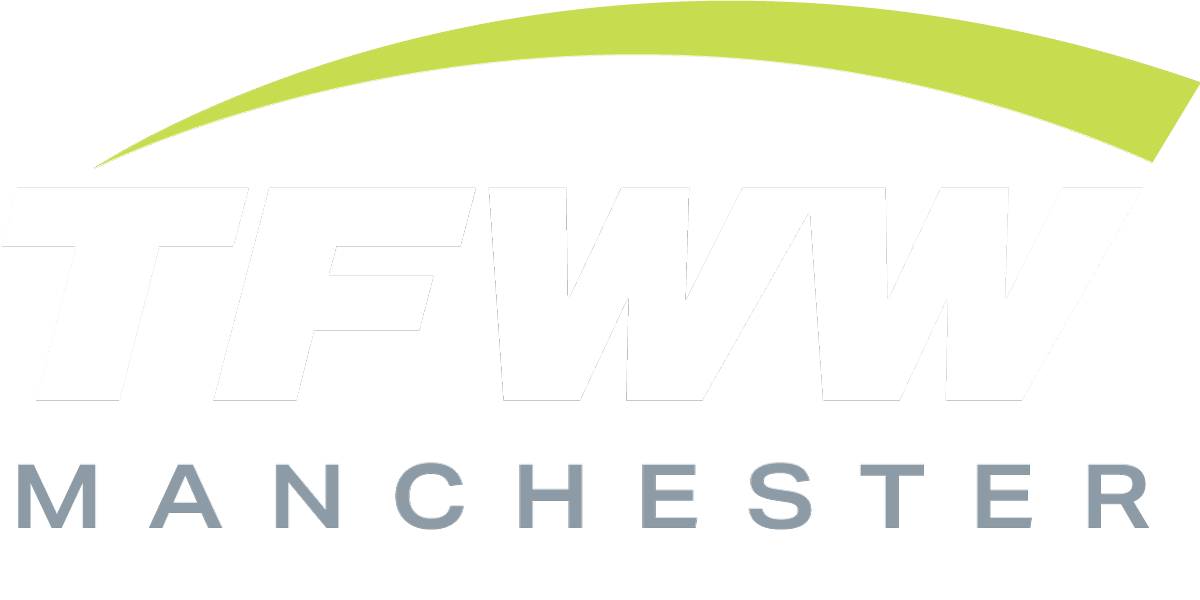Freight Claims That Actually Get Paid — A Shipper’s 48-Hour Playbook (LTL & Expedite)
Freight damage or loss can happen to any shipper — even with the best carriers.
But what separates a successful freight claim from a denied one is speed, accuracy, and documentation.
Under the Carmack Amendment, it’s your responsibility as the shipper to prove that the cargo was tendered in good condition and arrived damaged or short.
This 48-hour freight claims process guide breaks down what to do after discovering damaged freight, shortage, or concealed damage, and how TFWW’s freight claims management team ensures claims actually get paid.
What Is a Freight Claim?
A freight claim (also called a cargo claim or loss and damage claim) is a formal request to the carrier for reimbursement when goods are lost, damaged, or delayed during transit.
Freight claims apply across LTL freight, expedited ground, and full truckload shipments — and every claim follows the same core rules: document fast, file correctly, and track until resolved.
Types of Freight Claims:
Visible Damage Claim – Physical damage noted on delivery receipt or proof of delivery (POD).
Concealed Damage Claim – Hidden product damage discovered after unpacking (must be reported within 48 hours).
Shortage Claim – When pieces, cartons, or pallets are missing from the shipment.
Loss Claim – Freight never delivered; carrier liable from pickup to delivery.
Delay Claim – Applies to expedited freight or guaranteed LTL deliveries.
The 48-Hour Freight Claim Checklist
0–4 Hours: Inspect and Record Everything
Inspect all freight upon delivery before signing the POD.
Note specific visible damage or shortage directly on the bill of lading (BOL) or delivery receipt — avoid signing “received in good order.”
Take photos showing packaging, pallets, and damaged product.
Retain packing materials, shrink wrap, and skids.
If it’s concealed damage, notify the carrier within 48 hours of delivery — per most LTL carrier liability rules.
4–12 Hours: Notify and Collect Documentation
Alert your logistics provider or carrier’s claim department right away.
Gather key documents:
Bill of Lading (BOL)
Proof of Delivery (POD)
Photos of freight condition
Commercial invoice (proof of value)
Repair or salvage estimate
Weight or freight classification details
Log shipment data: carrier name, PRO number, and date/time of delivery.
12–24 Hours: File the Claim
Use the carrier’s claim portal or submit a formal claim form via email.
Include all evidence and clearly state: claim type, amount, and reason.
Reference any applicable freight classes or NMFC numbers to support the claim.
Keep a digital record for every claim filed.
24–48 Hours: Follow-Up and Secure the Freight
Keep damaged or lost freight available for carrier inspection.
Maintain a written trail (emails, notes, timestamps).
If the claim is denied, request the reason in writing and appeal with additional documentation.
Common Reasons Freight Claims Get Denied
According to Translogistics and Inbound Logistics, the top denial reasons are:
Late submission or missing concealed damage notice (over 48 hours).
Missing or incorrect PRO number or incomplete BOL.
No supporting proof of delivery or value documentation.
Poor packaging or freight not properly secured.
Claim filed outside the 9-month limit (per carrier liability terms).
How to Prevent Future Freight Damage or Shortage
Improve packaging: Use reinforced corners, shrink wrap, and banding.
Train warehouse staff: Photograph outbound freight to prove condition.
Verify freight classification: Use accurate NMFC and density to avoid reclass or reweigh disputes.
Audit claims regularly: Identify repeat routes, consignees, or commodities with recurring damage claims.
Streamline communication: Coordinate between shipper, carrier, and consignee to reduce handling errors.
How TFWW Handles Freight Claims
At TFWW, we integrate freight claims management directly into our LTL freight and Mission-Critical Ground Expedite operations:
Dedicated freight claims team: Files, tracks, and resolves claims with carriers.
Proactive communication: Real-time updates from shipment to settlement.
Claims analytics: Identify patterns of loss or damage to improve routing.
Invoice and claim audits: Verify all documentation matches carrier records.
End-to-end visibility: Every shipment tracked via satellite and control tower.
Let Us Help You Recover What Matters Most
Freight loss or damage doesn’t have to mean lost revenue.
When claims are handled quickly and precisely, you can turn what seems like a setback into a recoverable win.
With TFWW, you get more than a claims process — you get a partner who understands the urgency, manages every detail, and communicates clearly from the first report to final resolution.
Book a Discovery Call with TFWW to see how we help shippers file smarter, recover faster, and protect what they’ve worked hard to deliver.
